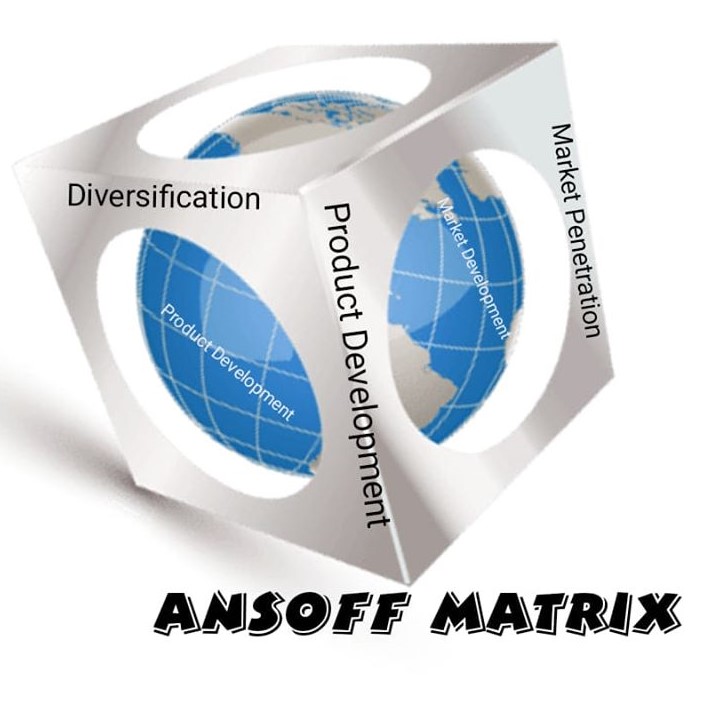Samsung is a South Korea-based multinational with headquarters in the Seocho District of Seoul, South Korea. The company was founded in 1939 by Lee Byung-Chul in South Korea. It started as a trading company and later entered into consumer electronics, chemicals, medical equipment, computers, construction machinery, home appliances, and much more. The company also provides services related to construction, advertisement, entertainment, hospitality, and various other avenues. During 2018, the company earned revenue of $208.49 billion and had more than 320,000 employees across the globe (Craft, 2019). The company operates in 80 countries across the globe (Samsung, 2019). Semiconductor products and consumer electronics earn the greatest revenue for the company. The company has manufacturing units in South Korea, China, and several other Asian states. Based on revenues, it is the largest manufacturer of semiconductor and consumer electronic devices (Mo-Hyun, 2018)
Following are the four dimensions of the Ansoff Matrix for Samsung:
Market Penetration
Market penetration is carried out by Samsung whenever it promotes its existing products in its existing markets. The first strategy that Samsung applies is offering discounts or simply lowering prices. Samsung does this a few months before it is about to launch a new version of the product. This strategy helps to increase market share, increase sales, and get rid of the inventory of the product before launching the new version. The company also promotes increased usage by offering products in different variants, accessories to go along with the products, software updates, and so on. The simultaneous launch of products across all markets also increases entry barriers for competition. The company also forms strategic alliances with local brands to promote products. Samsung is also known to aggressively promote its products through all possible marketing channels such as television ads, social media ads, and print media ads. It also sponsors various technology events to promote its brand. All of these measures help Samsung boost the sales of its products in its existing markets.
Market Development
Whenever Samsung launches its existing products in new markets, it is developing its market. Samsung does this in a number of ways. The primary way is to expand geographically into new markets. These include nations that it has not tapped into yet and expansion inside nations that it is already in. The company creates attractive packaging of its products when it launches them in new markets. At the same time, the company advertises its products with the help of local celebrities and sportsmen when entering into new markets to create a brand reputation and loyalty amongst customers. The company also uses various distribution channels such as retail sales, online sales, and so on. It has to price its products according to the local currency which is a great concern for the company as it measures its revenues in terms of US dollars (Saxena, 2019). However, despite this being a risky venture, Samsung has seen success in various international markets it has expanded into boosting its revenues.
Product Development
Samsung consumer electronics division is the market leader in product development. Unlike Apple that operates only a single smartphone model, Samsung operates numerous smartphone models and regularly launches new versions of these products that offer improved functions and specifications. This is also applicable to various other divisions such as construction machinery, home appliances, and entertainment systems. The company carries out extensive research and development to create new products that offer exceptional functionality and durability. Samsung also improves the existing products it offers by launching slightly different variants of the already existing products to create new products. The company launches new products gradually across its various markets. This allows the company to take advantage of greater sales and revenues associated with new products.
Diversification
Samsung follows a conglomerate diversification strategy. Its extensive product portfolio of numerous industries shows that Samsung has not limited itself to horizontal diversification (Martin, 2019). It has expanded into unrelated industries various times and succeeded. The company does detailed research and spots industries with growth potential and enters them. This allows the company to serve greater markets and offer diverse products and services. The name Samsung is associated with different products and lines that may even confuse customers that lack knowledge. The diverse portfolio is not seen very often in other brands.
References
Craft, 2019. https://craft.co/samsung-group/revenue. [Online] Available at: https://craft.co/samsung-group/revenue [Accessed 25 Dec. 2019].
Martin, V., 2019. Samsung’s Generic Competitive Strategy & Intensive Growth Strategies. [Online] Available at: http://panmore.com/samsung-generic-strategy-intensive-growth-strategies-competitive-advantage [Accessed 25 Dec. 2019].
Mo-Hyun, C., 2018. Samsung’s logic chip biz turns to AI chips and 5G for change of fortune. [Online] Available at: https://www.zdnet.com/article/samsungs-logic-chip-biz-developing-ai-chip-5g-for-change-of-fortune/ [Accessed 25 Dec. 2019].
Samsung, 2019. Financial Highlights. [Online] Available at: https://www.samsung.com/global/ir/financial-information/financial-valuation-snapshot/ [Accessed 25 Dec. 2019].
Saxena, D., 2019. Ansoff Matrix – Samsung’s Journey from a Grocery Store to Diversified Conglomerate. [Online] Available at: https://www.superheuristics.com/ansoff-matrix-samsung/ [Accessed 25 Dec. 2019].
